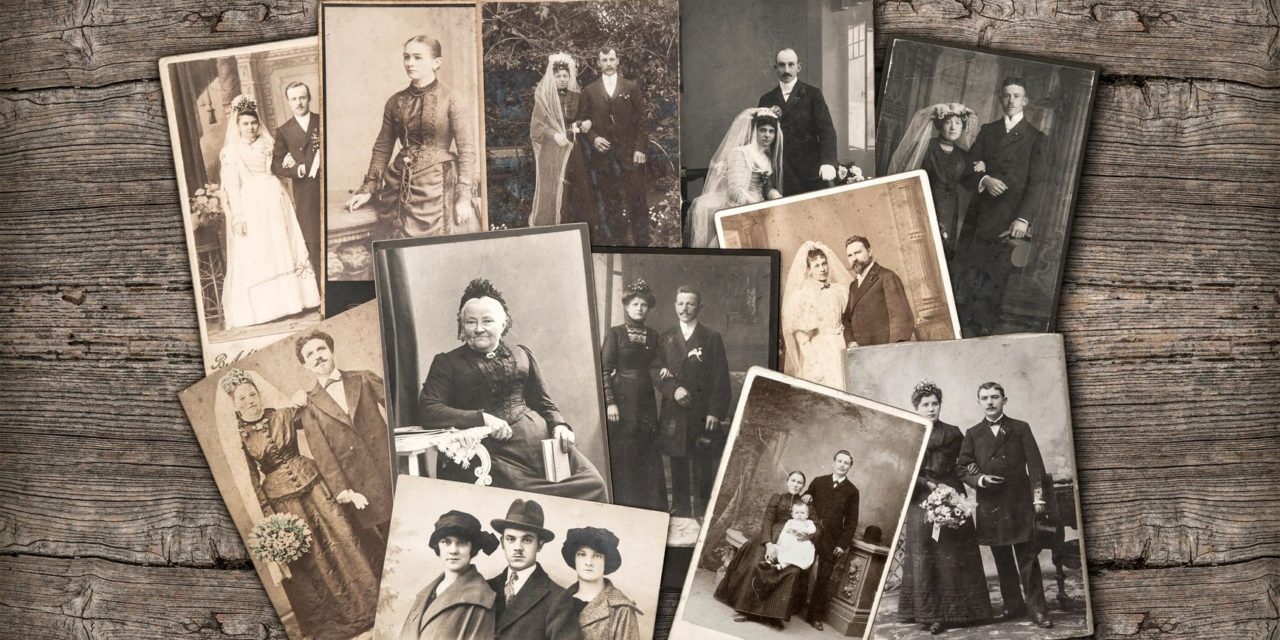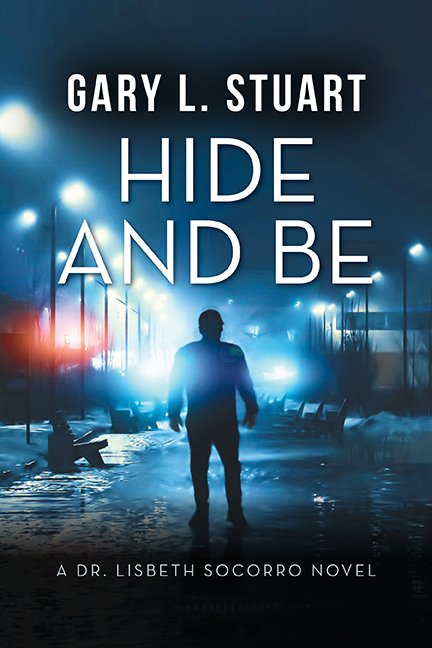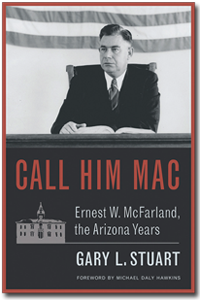“The one charm of the past is that it is past.”
Oscar Wilde
Persia Wooley wrote a fine “how-to” book in 1997 entitled, How to Write and Sell Historical Fiction.[1] I bought it because I was unsure of the ethical dilemmas that writing historical fiction always presents. At the time, I was researching what eventually became my first historical fiction book.[2] Chapter Two of Persia Woolley’s book asks the double-question, “How Much Fact, How Much Fiction?” That thirteen-page chapter asks most of the right questions and uses four historical fiction books[3] to unravel the ethical trilemmas writers of historical fiction face—How much fact—How much fiction—and How to get it right. Too much fact kills the story. Too much fiction denies history. And not getting it right is unethical.
There are other minor ethical issues historical writers face. Integrating history with your own fictional characters. Choosing a POV that is both relevant and appropriate. Clarifying when you’re writing historical fiction and when you’re writing the fictional character’s take on that history. Most important, minding your reader’s attention span—they skim history for the sake of enjoying the story you’re telling.
All historical fiction is set back into a time different than the reader’s time. The characters in a historical novel react consistently with the historical modes, norms, and events of their eras. There will always be social mores and lifestyles that differ with your those of your reader. The writer synthesizes fact with fiction. The reader might not. Some historical novels are based on previous legends. Others are the product of the writer’s own experience—crosshatched into the novel. Some legends (stories) are treated as history. Other legends are treated as folktales. They might have been true and so they’re accepted as true. Urban myths abound, as do Western myths.
Defining “historical fiction” isn’t simple. It takes several pages of well-written prose to dig deep enough to arrive at an acceptable definition. The Fiction Dictionary gives the historical a page and a half to flesh out how broad the term is.[4] “Historical Fiction takes place during a definite, recognizable period in the real past . . . It generally involves important political or social events of the day . . . it uses historical figures as characters in which fictional characters interact with historical ones . . . the focus in historical fiction is more on plot than on character . . . contemporary historical fiction often falls into the metafiction mode, sometimes called ‘mockhistorical, antihistorical, pseudohistorical, fiction histories, or historiographic metafiction.’”
There may come a time—a future event—when the Trump White House will fit into one, or all of these so-called contemporary historical modes.
In Part Two of this topic, I’ll tackle the disparity between appearance and reality and the difference between emotional truth and actual truth, from a novelist’s POV.
[1] Persia Woolley, Writer’s Digest Books, Cincinnati, OH.
[2] The Gallup 14, Gary L. Stuart, University of New Mexico Press, 2000
[3] Boris Pasternak’s Doctor Zhivago; Margaret Mitchell’s Gone With the Wind; Colleen McCullough’s First Man In Rome; Irving Stone’s Lust For Life. I’ve read them all and highly recommend them—not for the ethics, but for the master-storytelling in all of them.
[4] By Laurie Henrie, Story Press, Cincinnati, OH, 1995, pages 128-129.



 I am an author and a part-time lawyer with a focus on ethics and professional discipline. I teach creative writing and ethics to law students at Arizona State University.
I am an author and a part-time lawyer with a focus on ethics and professional discipline. I teach creative writing and ethics to law students at Arizona State University.  My latest novel is Hide & Be.
My latest novel is Hide & Be.  If you have an important story you want told, you can commission me to write it for you.
If you have an important story you want told, you can commission me to write it for you.